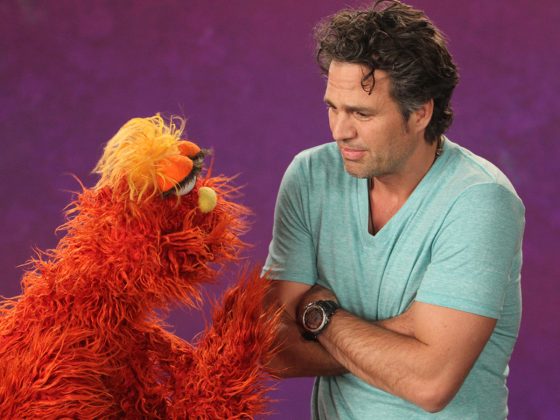
What Is Empathy?
Mark Ruffalo and Murray talk about what the word "Empathy” means.
Watch the video together, then point out that Murray had some trouble understanding what “empathy” meant: it’s the ability to understand and care about how someone else is feeling. There are different ways to build empathy at each age:
Babies
Notice how your baby reacts to your different facial expressions. Babies as young as six months old look to their caregivers to figure things out. When passing a baby to a grandparent to hold, you might smile warmly and reassuringly.
Toddlers
When kids recognize and label their own feelings, they can better recognize those of others—a key part of empathy. Try using “feeling” words in everyday moments. “Do you feel sad without your teddy bear?” or “That ice cream made you happy!”
Preschoolers
As children begin to interact more and more with others, tough situations come up (tussles over toys, making new friends, or deciding on the next game). In those times, asking kids to see the impact of their actions on someone’s feelings builds empathy. (“John is sad that he hasn’t picked a new game yet like everyone else. Can you give John a turn to pick a game from the box?”)
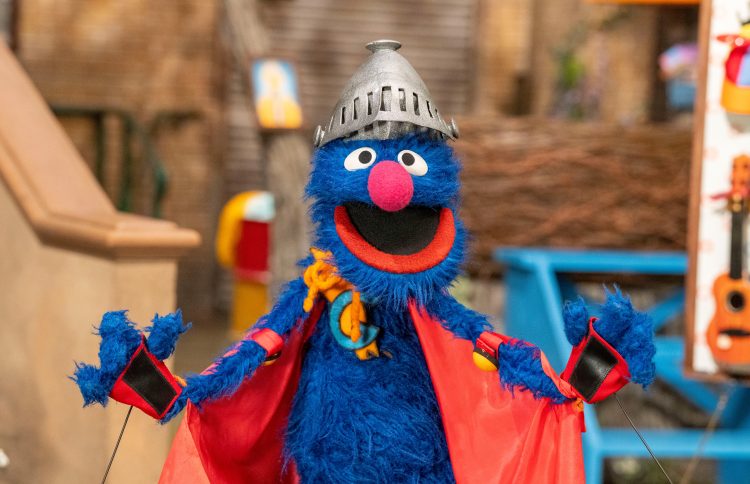
Watch and Play: Grover's Super Suitycase
Watch this episode and explore ways to extend the learning at home.
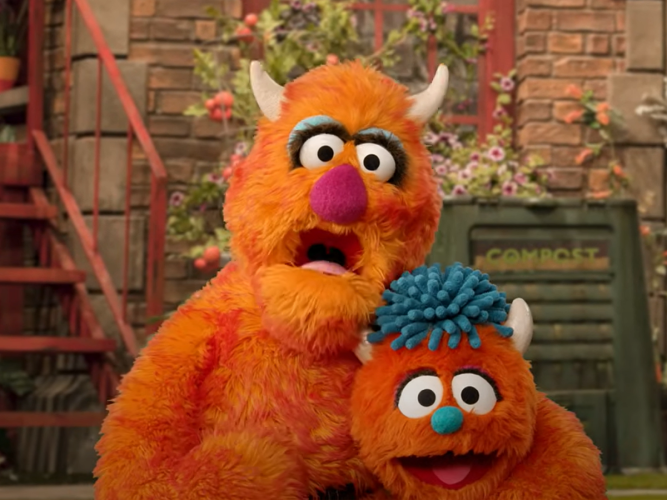
Monster Meltdown
Meltdowns happen… but they are somewhat predictable! As you try to handle them, curiosity and patience go a long way.
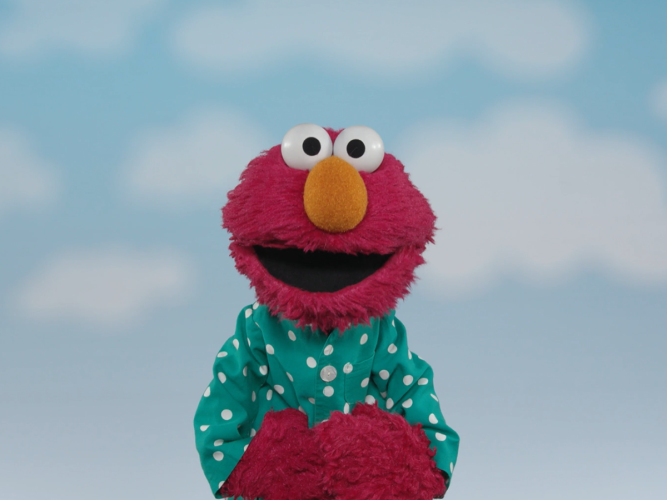
Listen, Feel, and See with Elmo
When children are in the hospital, this mindfulness game can help them soothe themselves.
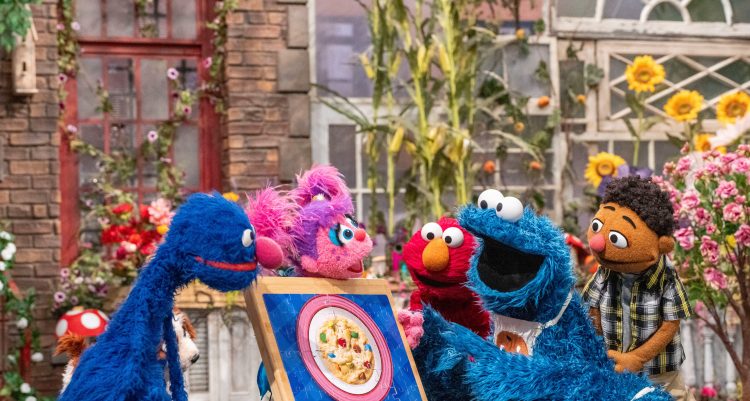
Watch and Play: Cookie Monster's Big Puzzle
Watch this episode and explore ways to extend the learning at home.
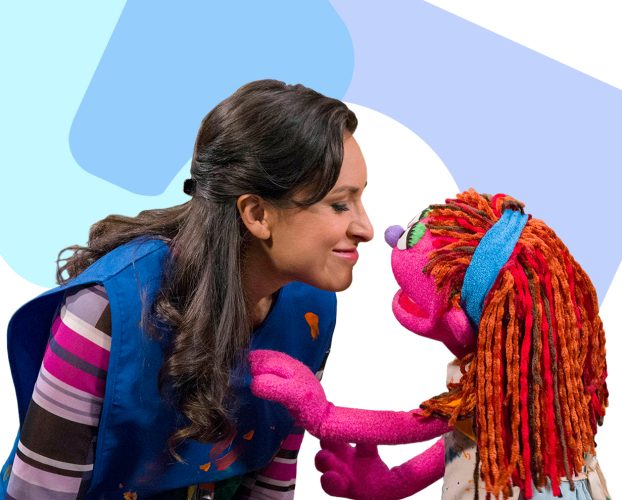
Creating Safety and a Sense of Home
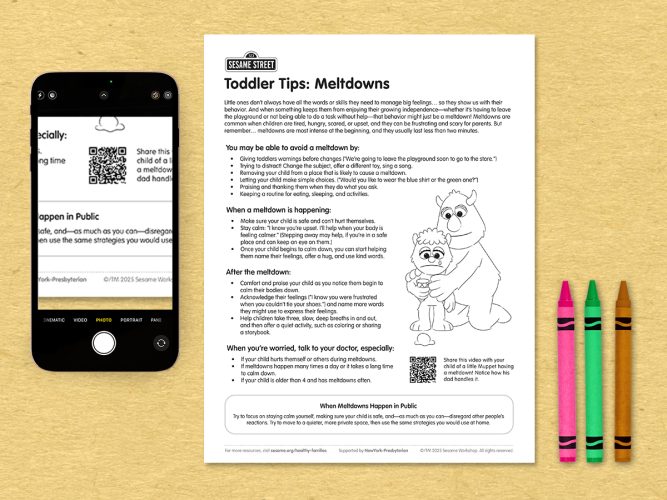
Toddler Tips: Meltdowns
Strategies for during and after a meltdown…and even some ways meltdowns might be avoided.
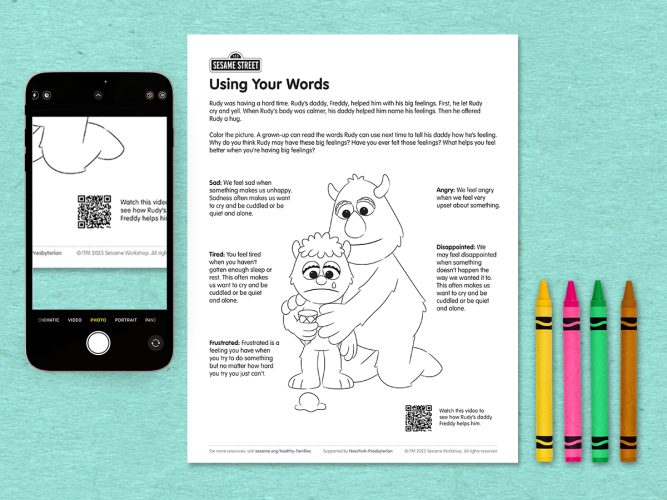
Using Your Words
A coloring page helping children explore words for big feelings.
